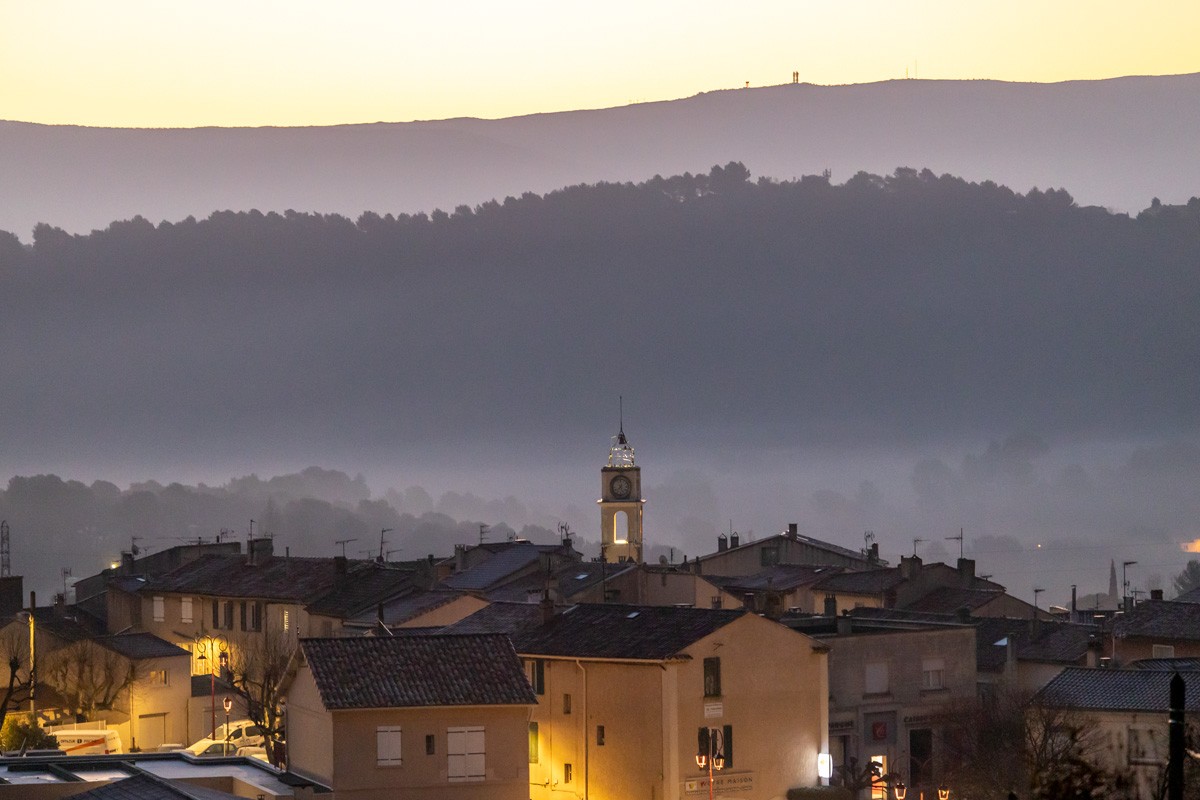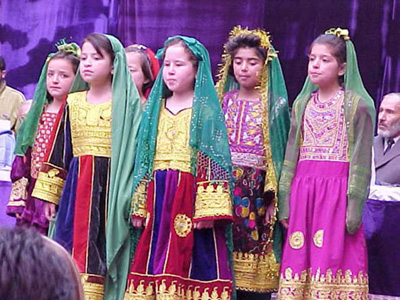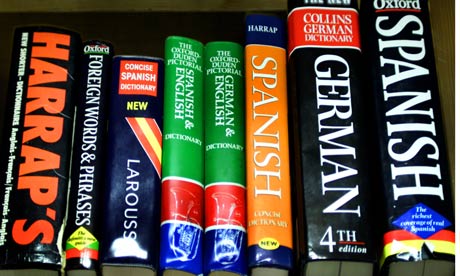On the full moon night of the twelfth lunar month, when the tide in the rivers is highest and the moon at its
brightest, people across Thailand flock to the rivers and canals with their Krathong floats to celebrate the Loy Krathong Festival, or the 'festival of light.' The Krathong is a small floating raft made from the leaves and wood of a banana tree, decorated with flowers, a candle and an incense stick, along with coins and locks of hair. The ritual entails lighting the candles and incense, making a wish and launching the Krathong floats into the rivers or sea. The hope is that one’s Krathong will drifts silently downstream with a forever burning candle. The flame signifies longevity, fulfillment of wishes and release from sins. Some believe that this is the time to symbolically ‘float away’ all the anger and grudges that one has been holding onto, and the inclusion of a lock of one’s hair is seen as a way of letting go of the darkness inside, to begin living free of negativity. If the candle stays alight until your Krathong disappears out of sight, it means a year of good luck is ahead.
In Chiang Mai the celebration features beautifully lighted lanterns displayed in houses and temples, and launched into the night sky. It is believed that Loy Krathong is originally an ancient festival from India; it was a ceremony where people paid their respects to three different gods known as Phra I-Suan (Shiva), Phra Narai (Vishnu) and Phra Phrom (Brahma). People made lanterns using candles and paper to be displayed in the homes of royalty, the wealthy and/or high-ranking officials. By launching one of these lanterns, one can send bad luck and negativity away into the air, especially if the lantern disappears into the night before the fire goes out. It was King Mongkut (Rama IV) of Thailand who adopted the celebration to honor the Buddha.
Like many regional traditions, the true origins are often derived from different ancient legends of the people.
- Loy Kratong is an expression of gratitude to the goddess of water 'Phra Mae Kongka', a thanksgiving to her for providing water for the livelihood of the people.
- Others believe the festival originates from Buddhism and that by offering flowers, candles and incense sticks, a tribute of respect is being made to the footprint of the Lord Buddha on the sandy beach of the Narmaha River in India. This is reminiscent of a Hindu festival that pays tribute to the god Vishnu, who meditates at the center of the ocean.
- The floral krathong symbolizes an offering to the pagoda temple containing the Buddha's topknot, which was cut off at his self-ordination and is now in heaven.
One popular story about the first Loy Krathong describes the devotion and loyalty of a Queen to her god, King and people. There once was a beautiful fair Lanna girl, whose father was a Brahmin priest, whose beauty and charm were so radiant that she was the subject of many local songs and stories. The King immediately found her, and she became his new bride. On the evening of the Thai Kathin water ceremony in Chiang Mai, where the people anxiously awaited their king, Queen Noppamas prepared a secret floral vessel of banana leaves and candles to launch into the Ping River. Although the Lanna lady was married to a Buddhist King, she maintained her Brahmin beliefs and prepared the Krathong as an offering to the water gods and spirits. Upon seeing this beautiful vessel adorned with lights and flowers, the people and King were mesmerized. The Queen immediately offered the beautiful Krathong to the King, who couldn’t hide his admiration for such beauty. However, after examining the vessel, he understood that this Krathong, was not simply a craft of beauty for his eyes, but a religious offering to the spirits of the waters honored by Brahmin beliefs. This provided for a very difficult situation for the Buddhist King, who loved his Queen, but could not betray his people nor his own beliefs. So, he took the Krathong, lite the candle and incense, proclaimed to all who could hear him on the bank of the river that the beautiful Krathong would serve as an offering to honor the Buddha and also the spirits of the river that his Queen intended to honor.
ขอให้สนุกวันลอยกระทง kŏr hâi sà-nùk wan loy grà-tong – Have fun on Loy Krathong Day! The Loy Krathong song:












 Have you ever been in a foreign country, armed with your pocket dictionary, and a few years of high school foreign language classes… and been lost? What do you do? Just pop into that little store and ask someone for directions…
Have you ever been in a foreign country, armed with your pocket dictionary, and a few years of high school foreign language classes… and been lost? What do you do? Just pop into that little store and ask someone for directions… 



 LinkedIn
LinkedIn Facebook
Facebook Twitter
Twitter Blog
Blog Copyright © 2025 All rights reserved.
Copyright © 2025 All rights reserved.